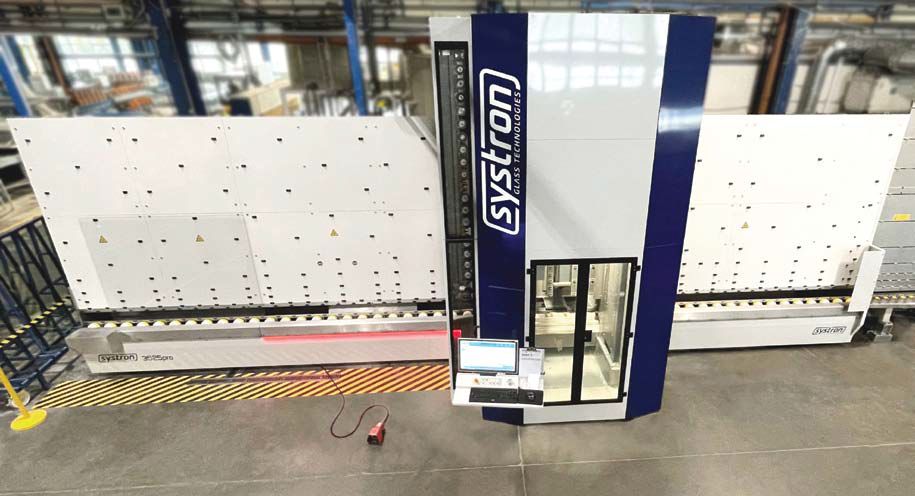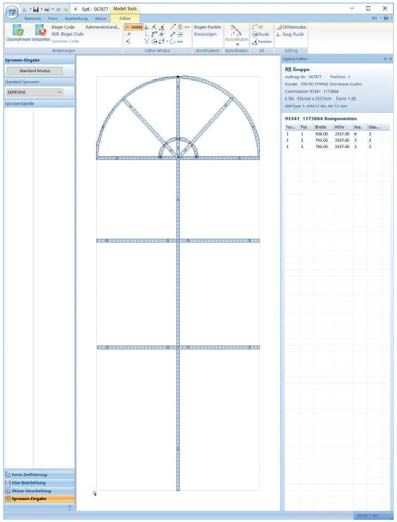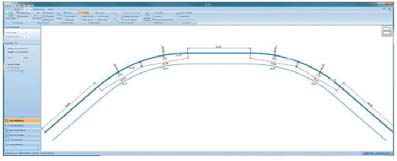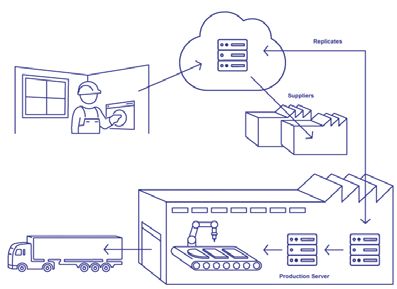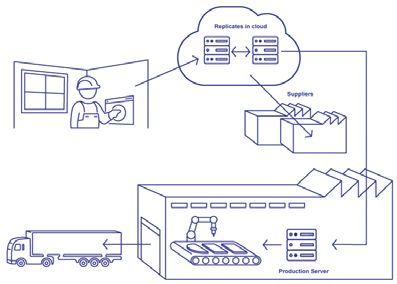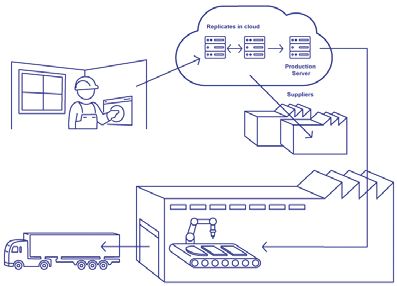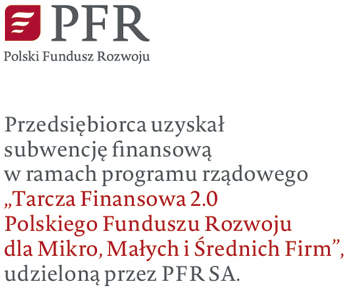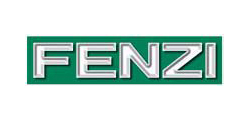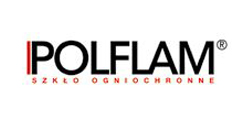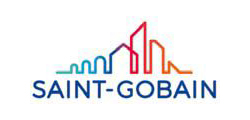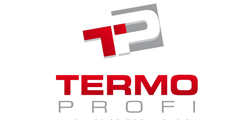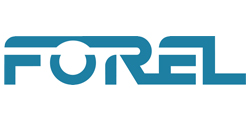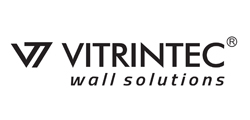In the following we’ll be limiting ourselves to the production of single pieces and small jobs of identical pieces, with applications predominantly in construction (e.g. windows, curtain walls, doors, showers, mirrors, kitchen splash backs) and interior design (e.g. display cases, furniture).
This type of production has a strong mass customisation aspect, that is the production of individual pieces with a high degree of automation.

Picture 1. Georgian Bars
State of the Art
Due to time constraints we’ll mainly focus on order processing, but our intent is that all data is entered only once and is ultimately available on your machines, and for all other functions supporting your manufacturing processes. If we want to achieve a high degree of automation, then order processing and production are closely tied together. The vast majority of current standard software solutions is based on a classical client server architecture.
The current solutions have very little interoperability between them. This makes it very cumbersome not only when it comes to external ordering of components, but often on the automation side as well. In the glass industry products are tailored to customer specifications. For example, insulation glass units (IGUs), or showers in customized sizes and shapes. There are already a lot of manufacturers that can produce that with a high degree of automation. There are also software solutions that facilitate the specification of such products and can largely automate quoting as well.
Many software solutions support automated processing too. Starting with the optimisation of the layout of the pieces on stock sheets for waste minimisation, followed by cutting code generation for glass cutters. Then we have the data generation for machining on equipment for further processing such as drilling or waterjet-cutting for the production of cut-outs. This can be extended into controlling entire factories, beginning with the automatic loading of stock sheets onto cutting tables, over the caching of individual pieces in sorting arrays or harp racks and the control of insulating glass lines for the assembly of IGUs.
Interfaces with suppliers within the glass industry exist in part already as well, for example to purchase specific glass pieces from an external manufacturer, or for the specification of Georgian bars when they are supplied externally.
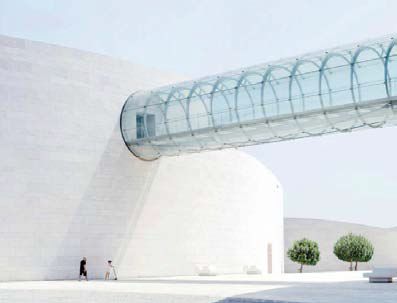
Picture 2. Bent Glass
The Problems
Let’s look at a small business, customer of a larger glass processor, say a carpenter who amongst other things builds windows with wooden frames, or a glazier specializing in the installation of purchased products and the replacement of broken windows. These businesses generally have no electronic interface to their suppliers. This often results in a sketch being sent, for example by email of a pdf or jpeg to the supplying company. There, this order is entered and a properly scaled drawing is sent back with the order confirmation. If the customer can’t find his sketch in a hurry and does not verify, then there is a risk of something wrong being delivered.
In the case of a larger customer, say a window manufacturer or an installer of curtain walls, a single factory might not be able to produce all the parts this customer needs. Let’s say you are producing insulation glass units and you need some laminate or fire protection glass that you can’t cut yourself. Or it is just one of those odd shaped pieces with the strange mitres.
Or you need some Georgian bars that have an irregular, non-rectangular pattern. Or your customer orders with hundreds of other pieces that odd one built from curved and bent glass.
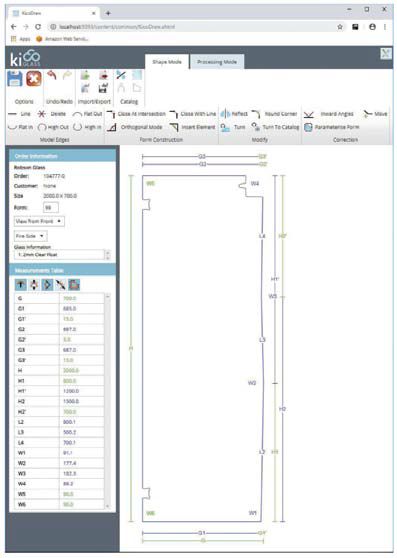
Picture 3. Shower Part Drawing
Our Vision
Let’s imagine you have a solution in the cloud where your customers can enter their orders and get a quote immediately. Most likely your window manufacturing customer can’t enter non-Rectangular Georgian bar patterns in his software either. Or your curtain wall installer can’t order curved glass electronically. But imagine you offer a cloud interface where they can enter that, although you might not produce the items or some components yourself.
Thus, we have to include not only your customers into your cloud solution but your suppliers as well. If your customers are in turn integrated to some degree with their customers as well, then in future we could achieve an automated way of updating measurements or delivery times along the supply chain, for example from the building site over the window manufacturer to the producer of the IGUs and further to his suppliers.
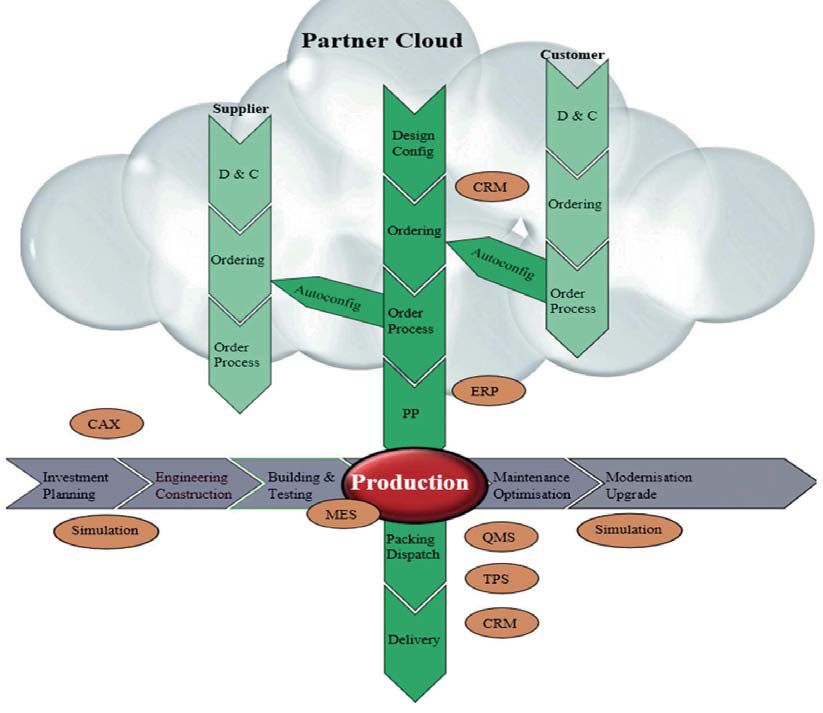
Picture 4. Cloud Infographic
Ideally, you offer smaller customers an interface in the cloud, where they can enter their order and get a quote immediately: Where safety risks are small, glass companies also supply to unqualified end customers. These are for example mirrors, or toughened glass, always with polished edges to make sure nobody can hurt themselves. You could use the same cloud interface, but offering the public only a restricted range of products. Automatic price determination then becomes fairly simple. Larger customers already order electronically, for example window manufacturers as mentioned above.
This works for the bulk of orders, but the interfaces should be unified and extended in such a way that even the most complex products can be specified within them and that they are further expandable. Smaller manufacturers, who can’t or do not want to compete with every technology, should still be able to work with a sufficient subset of such a specification. Ideally, they then send their orders directly to your server in the cloud, where they could get quotes automatically as well.
Picture 4 gives an idea of the architecture we envision. Most of your IT infrastructure is in the cloud and so is your partners’. A partner can be a customer or a supplier. In many cases they are both, a supplier in some instances and a customer in others. The graphic illustrates the idea of how as a manufacturer (dark green) you will be connected in the cloud with customers and suppliers (light green).
When your customer goes through his ordering process, his system will include the costs of your products, either by linking into your own quoting system (if you allow him to do so) or by mapping your price structure on his system. Your system will do the same with your suppliers and so forth. Of course, your production then is firmly on the ground. The horizontal (purple) path illustrates your investment and maintenance cycle, including upgrades and modernisations of plant and equipment.
The picture does not show the production processes themselves, but possible software products supporting it. Of course, many of those software products could run locally or in the cloud. We will discuss possible architectures and trade-offs later. Cloud solutions have many advantages. They are way more reliable and hacker proof than you can ever be with your own server, and you never have to think about back up again.
(...)
(...)
Hans Kull
Inmatic
Acknowledgements
The author would like to thank researchers and technicians of the Glass Melting & Refractories and Transformation department of the Technovation centre for their precious work and advices.
The article is based on the lecture presented at the GLASS PERFORMANCE DAYS 2017 Conference, which took place on June 26-28, 2019 in Tampere, Finland
Całość artykułu w wydaniu drukowanym i elektronicznym
Inne artykuły o podobnej tematyce patrz Serwisy Tematyczne
Więcej informacji: Świat Szkła 02/2020






